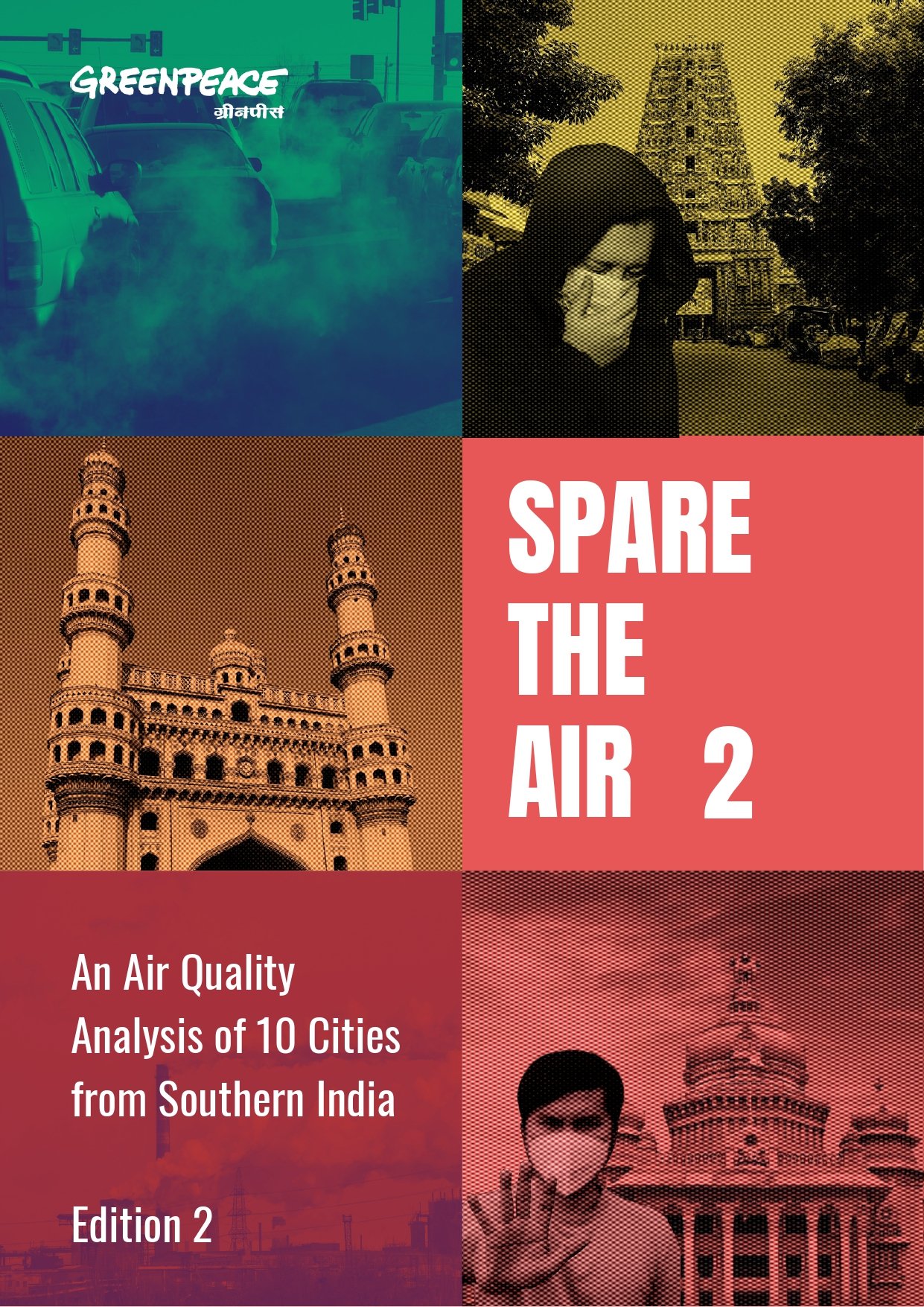New coal plants shrink globally, but GoI continues to approve new proposals, despite pollution and deforestation impacts
New Delhi, Thursday, March 28, 2019— For the third year in a row, the number of coal-fired power plants under development worldwide dropped steeply in 2018, according to a new report released today by Global Energy Monitor, Greenpeace India, and the Sierra Club. The report, Boom and Bust 2019: Tracking the Global Coal Plant Pipeline, is the fifth annual survey of the coal plant pipeline. Its findings include a 20% drop in newly completed coal plants (53% in the past three years), a 39% drop in new construction starts (84% in the past three years), and a 24% drop in plants in pre-construction activity (69% over the past three years) year-on-year.
In China and India, which have accounted for 85% of new coal power capacity since 2005, the number of permits for new coal plants dropped to record lows, but new plants are still in the pipeline. In the United States, coal plant retirements continued at a record pace, making 2018 the third highest year for retirements globally and the second highest for the US – despite Trump rhetoric.
In 2018, India again added more solar and wind power capacity than thermal power capacity. Of the total (net) of 17.6 gigawatts power generation capacity in 2018, a record percentage (74%) was based on renewable energy technologies — primarily solar power, which is a reflection of the sharply falling costs of wind and solar power, compared to the rising costs of coal power. The dominance of renewables was despite uncertainty caused by import tariffs on solar panels and the GST. Greenpeace India’s analysis shows that at least 65% of coal power generated in the country is now more expensive than new renewable tariffs.
According to the Government of India, around 40 GW of the country’s coal plants are either financially stressed or at risk of bankruptcy. Less than 3GW of new capacity was commissioned in 2018, compared to 39 GW in 2010. Low plant load factors largely due to over capacity and competition from cheaper renewables have made it harder for coal plants to recover their investments.
“Despite these unfavourable market conditions for coal power, the government continues to invest in new plants”, said Pujarini Sen of Greenpeace India. “In Feb 2019, the Cabinet Committee on Economic Affairs (CCEA) approved investments worth of Rs.11,089 crore and 10,439 crore into two power plants, Khurja, Uttar Pradesh, and Buxar, Bihar respectively. When the entire coal power sector is under financial stress, building more coal plants will put even more public money at risk”, she added.
Ravi Shekhar, The Climate Agenda, an Uttar Pradesh based environmental organisation said,“It is very unfortunate that the government is continuing the approval of coal power plants in UP despite the health emergency faced by the state due to air pollution crisis. Electricity from the Khurja super thermal power plant or any other new coal based plant in India would cost close to double compared to that from renewable energy sources, and will also increase the risk to public health. Rather, the Government should invest public money in solutions like aggressive energy transition to renewable energy, and stringent implementation of National Clean Air Programme to achieve breathable air across the country.”
——————————————————–Ends——————————————————-
Read the report here.
Additional summary tables here.
Global Coal Plant Tracker methodology here.
Contact:
Pujarini Sen, +918586016050, [email protected]
Rohin Verma, +919013971997, [email protected]
Avinash Chanchal, 8882153664, [email protected],


